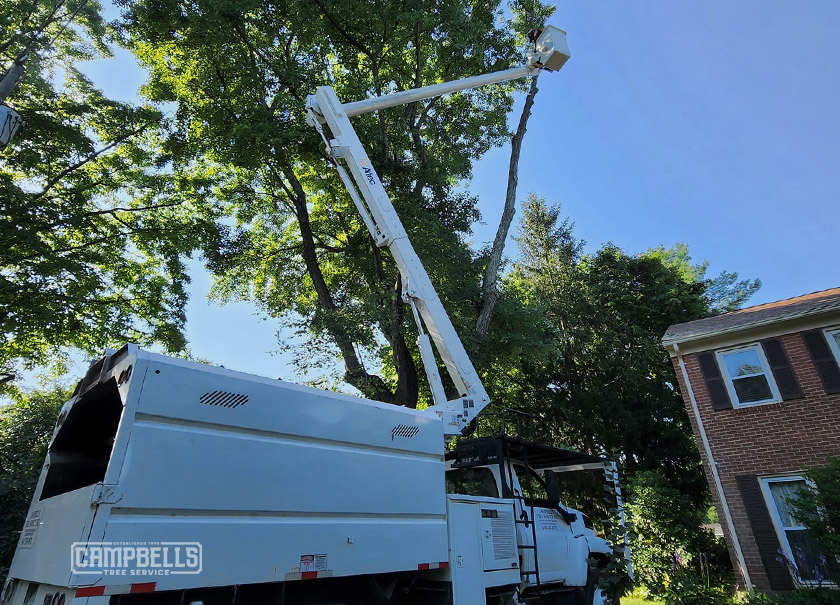Winter Tree Pruning: Essential Tips for Healthy and Vibrant Trees

Winter is often considered a dormant season for trees, but did you know it's actually an ideal time for pruning? While trees may appear lifeless during this time, their growth processes are simply slowed down. Pruning during the winter months offers numerous benefits, including improved tree health and aesthetics. In this blog post, we will explore the advantages of winter tree pruning and share valuable tips to ensure your pruning efforts are optimized for the colder months.
Advantages of Winter Tree Pruning
Promote Healthy Growth:
Pruning in winter stimulates healthy growth for trees. By removing dead, damaged, or diseased branches, you eliminate potential entry points for pests and diseases, allowing your trees to focus their energy on new growth once spring arrives. Additionally, winter pruning encourages stronger branch structure, reducing the risk of damage from heavy snowfall or ice storms.
Enhanced Visibility:
With deciduous trees losing their leaves in winter, it becomes easier to identify and address any structural issues or abnormalities. Pruning during this time allows arborists to have a clearer view of the tree's overall structure, enabling them to make informed decisions about branch removal, thinning, or corrective pruning.
Disease and Pest Control:
Pruning during winter plays a crucial role in controlling the spread of diseases and pests. Many harmful pathogens and insects are less active or dormant during colder months, minimizing the risk of infestation or further damage to the tree after pruning. By removing infected or infested branches, you prevent the spread of diseases and provide a healthier environment for your trees to flourish.
Optimal Healing:
When pruned in winter, trees have a chance to heal before the arrival of warmer weather. The reduced sap flow during this dormant period minimizes the risk of excessive bleeding and allows wounds to seal more effectively. Proper healing not only promotes tree health but also reduces the potential for fungal infections and other complications.
Aesthetic Appeal:
Winter tree pruning offers the added benefit of improving the aesthetic appeal of your landscape. With branches bare of leaves, arborists can better assess the tree's shape and structure, making precise and strategic pruning cuts to enhance its overall appearance. Pruning in winter also encourages fuller springtime foliage, creating a visually stunning landscape when the warmer months arrive.
Tips for Winter Tree Pruning
- Hire a Professional: Consult a certified arborist or tree service company to ensure proper pruning techniques are employed, minimizing the risk of damage to your trees.
- Know Your Species: Different tree species have varying pruning requirements. Understand the specific needs of your trees to ensure appropriate pruning techniques are applied.
- Remove Deadwood: Focus on removing dead, damaged, or diseased branches first. This not only improves the tree's health but also eliminates potential hazards.
- Mind the Weather: Choose a dry day for pruning to prevent unnecessary exposure of the tree to excessive moisture. Wet conditions can contribute to the spread of diseases.
- Avoid Over-Pruning: Prune conservatively to maintain the tree's natural shape and integrity. Avoid excessive removal of healthy branches, as it may weaken the tree and hinder its ability to photosynthesize.
Conclusion
Winter tree pruning is an invaluable practice for maintaining healthy and vibrant trees. By taking advantage of the dormant season, you can optimize the growth, structure, and aesthetics of your trees while mitigating the risk of diseases and pests. Remember to follow the tips mentioned above and, if needed, seek the assistance of Campbell's Tree Service to ensure your winter pruning efforts yield the best possible results.
